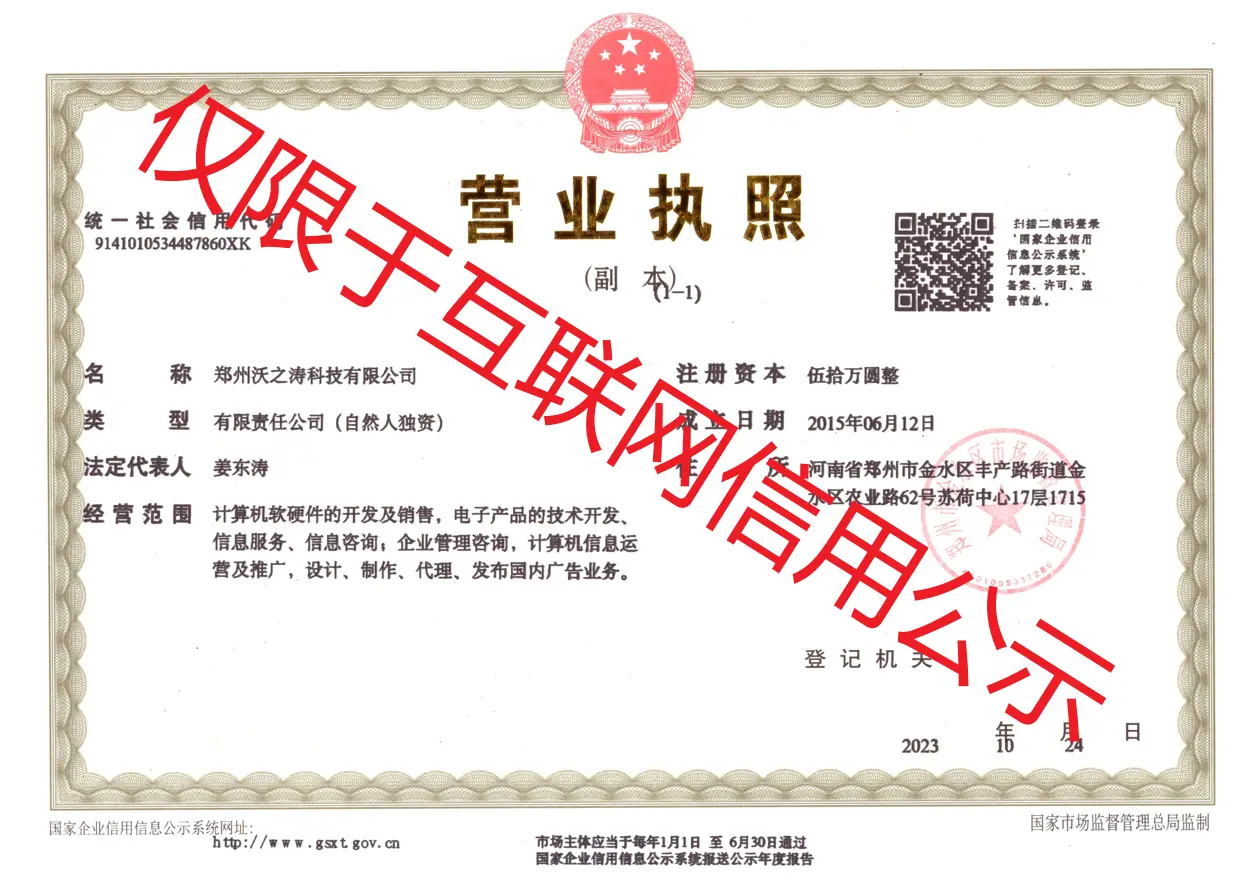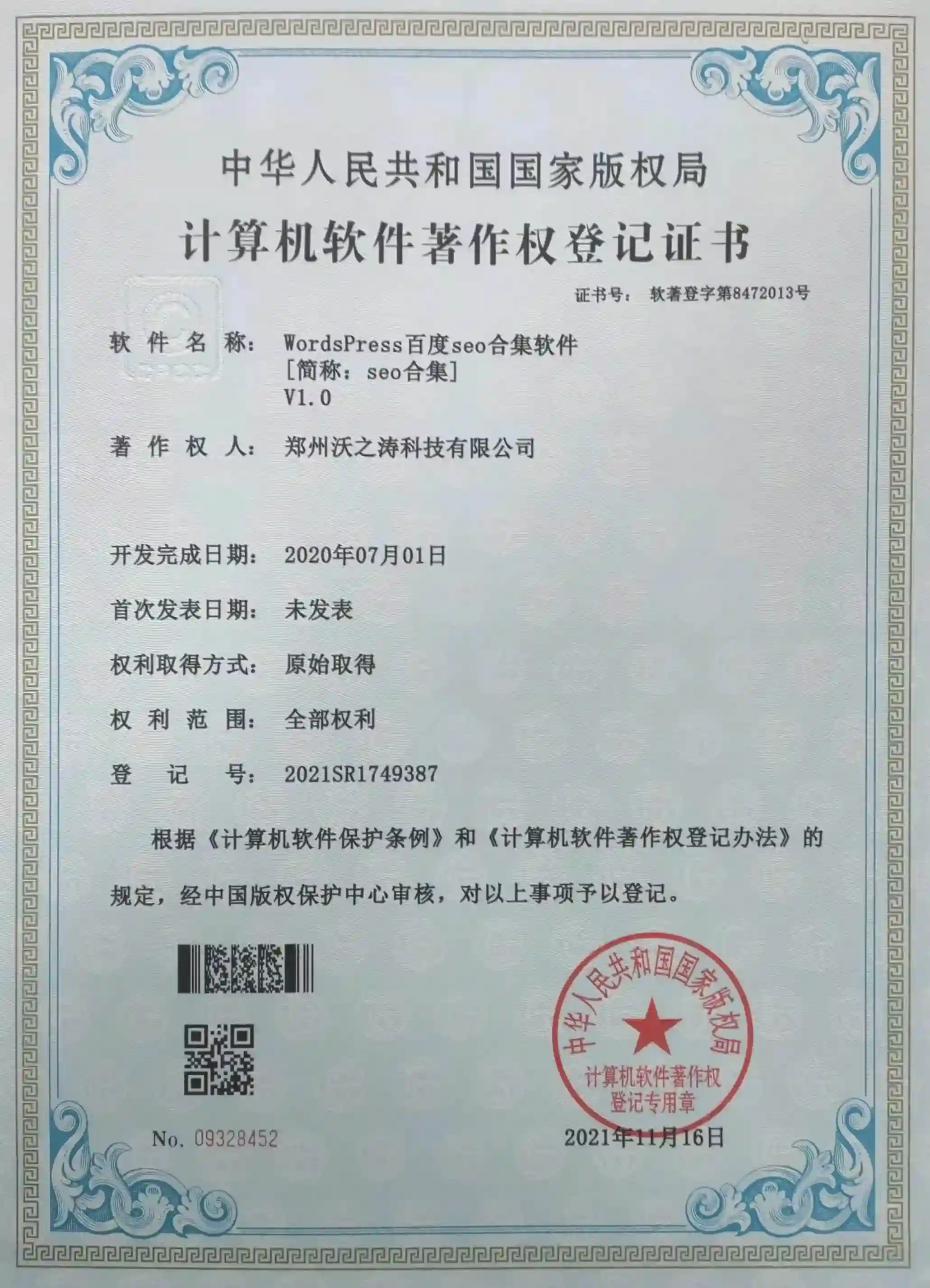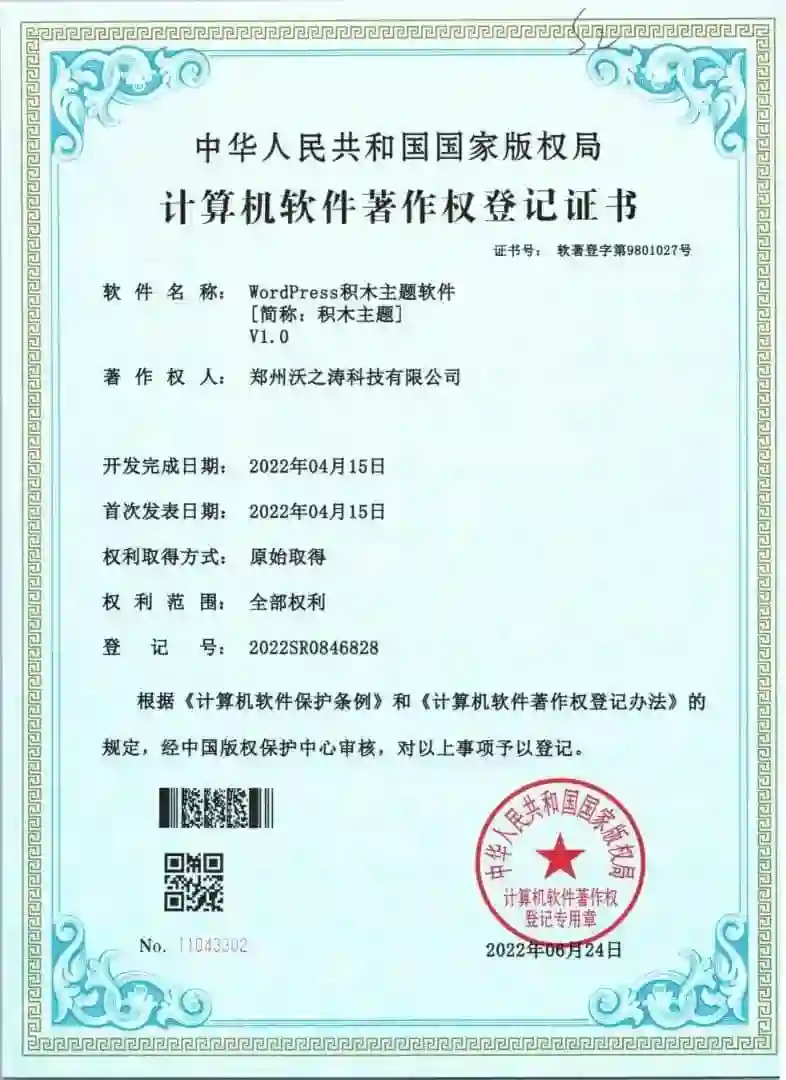
用户
ID: 剩余积分:
积分仅限于AI文章写作也可以用于WordPress下的SEO合集插件“智能改写”“词库挖掘”“关键词排名监控”“AI智能DK”功能使用;
充值仅用于消费,不可变更,退款,提现,请慎重选择!
用户邮箱
验证码
暂无数据






Wordpress作为一个更新迅速、扩展性好、插件和主题资源丰富的开源免费的一个php框架,很受用户的喜爱。那么今天我们就认识以下wordpress的数据表和表结构。
Wp_commentmeta评论的元数据表
Wp_comments评论表
Wp_links友情链接表
Wp_options系统配置、插件配置、主题配置表
Wp_postmeta文章的元数据表
Wp_posts文章表
Wp_termmeta标签元数据表
Wp_terms标签、分类等的表
Wp_term_relationships文章与目录关联表
Wp_term_taxonomy与标签关联的目录
Wp_usermeta用户的元数据
Wp_users用户表
Wordpress共有以上12个表,存储方式采用key_value的方式,具有特别优秀的扩展性,但是也是造成大数量网站瓶颈的一个原因。
Wp_commentmeta表结构
meta_id:自增唯一ID
comment_id:对应评论ID
meta_key:键名
meta_value:键值
该表算是对评论表功能的补充,比如:想加一个评论的备注功能,可以用meta_key自定义一个字段(例如:remark),meta_value是备注的内容。如果是多个字段meta_value的值可以是数组或者对象,保存后以序列化的形式存入数据表中。
wp_comments评论表
comment_ID:自增唯一ID
comment_post_ID:对应文章ID(对哪篇文章评论的)
comment_author:评论人的昵称
comment_author_email:评论人邮箱
comment_author_url:评论者网址(基本不会用)
comment_author_IP:评论者IP地址
comment_date:评论时间
comment_date_gmt:评论时间(GMT+0时间)
comment_content:评论正文
comment_karma:这是个神奇的字段,未在wordpress中使用,应该是给主题或者插件做自定义使用的保留字段
comment_approved:评论是否被批准0审核中,1批准,spam垃圾评论
comment_agent:评论者的USER AGENT(用户浏览器的信息)
comment_type:评论类型(pingback/普通)
comment_parent:父级评论ID(是多层评论和回复的关键字段)
user_id:评论者用户ID(不一定存在)
wp_links:wordpress的友情链接表,该表wordpress也没有添加功能,但是有一些友情链接的插件用到了这个表,而大部分主题都带有友情链接,所以这个表没啥作用
link_id:自增唯一ID
link_url:链接URL
link_name:链接标题
link_image:链接图片
link_target:链接打开方式
link_description:链接描述
link_visible:是否可见(Y/N)
link_owner:添加者用户ID
link_rating:评分等级
link_updated:未知
link_rel:XFN关系
link_notes:XFN注释
link_rss:链接RSS地址
wp_options配置表,这个表是wordpress的核心表,配置方式基本有如下图方式
option_id:自增唯一ID
option_name:键名
option_value:键值
autoload:在WordPress载入时自动载入(yes/no)
Option_name(posts_per_page)一个键,meta_value(10)一个值,表示列表每页10篇文章。

Option_name为aioseo_options_internal,option_value为
{"internal":{"validLicenseKey":null,"lastActiveVersion":"4.1.5.2","migratedVersion":"3.3.3",
"siteAnalysis":{"connectToken":null,"score":0,"results":null,"competitors":[]},
"headlineAnalysis":{"headlines":[]},"wizard":null,"category":null,"categoryOther":null,
"deprecatedOptions":["autogenerateDescriptions"]},"integrations":{"semrush":{"accessToken"
:null,"tokenType":null,"expires":null,"refreshToken":null}},"database":{"installedTables"
:"{"wp_aioseo_posts":["id","post_id","title","description","keywords","keyphrases",
"page_analysis","canonical_url","og_title","og_description","og_object_type",
"og_image_type","og_image_url","og_image_width","og_image_height","og_image_custom_url"
,"og_image_custom_fields","og_video","og_custom_url","og_article_section","og_article_tags",
"twitter_use_og","twitter_card","twitter_image_type","twitter_image_url",
"twitter_image_custom_url","twitter_image_custom_fields","twitter_title",
"twitter_description","seo_score","schema_type","schema_type_options",
"pillar_content","robots_default","robots_noindex","robots_noarchive",
"robots_nosnippet","robots_nofollow","robots_noimageindex","robots_noodp",
"robots_notranslate","robots_max_snippet","robots_max_videopreview",
"robots_max_imagepreview","tabs","images","priority","frequency","videos",
"video_thumbnail","video_scan_date",
"local_seo","limit_modified_date","created","updated"]}"}}
这个配置直接包含了一个插件的所有配置,存储能力非常优秀。

wp_postmeta文章表的扩展,例如我想添加一个文章的阅读量可以设置meta_key为views,meta_value为阅读量的数值。当然也可以一个key对应一个数组或者对象。
meta_id:自增唯一ID
post_id:对应文章ID
meta_key:键名
meta_value:键值
wp_posts文章表,整个框架的主题内容,里面有文章、草稿、修订版本、特色图片、导航、自定义文章类型(视频、产品、商品)等等。
ID:自增唯一ID
post_author:对应作者ID
post_date:发布时间
post_date_gmt:发布时间(GMT+0时间)
post_content:正文
post_title:标题
post_excerpt:摘录
post_status:文章状态(publish/auto-draft/inherit等)
comment_status:评论状态(open/closed)
ping_status:PING状态(open/closed)
post_password:文章密码
post_name:文章缩略名
to_ping:未知
pinged:已经PING过的链接
post_modified:修改时间
post_modified_gmt:修改时间(GMT+0时间)
post_content_filtered:未知
post_parent:父文章,主要用于PAGE
guid:链接
menu_order:排序ID
post_type:文章类型(post/page等)
post_mime_type:MIME类型
comment_count:评论总数
Wp_termmeta标签字段的自定义功能
meta_id :自增Id
term_id :标签ID
meta_key :键
meta_value:值
wp_terms分类、标签等表
term_id:自增ID
name:分类名
slug:链接地址
term_group:分组
wp_term_relationships
object_id:对应文章ID/链接ID
term_taxonomy_id:对应目录ID
term_order:排序
wp_term_taxonomy
term_taxonomy_id:目录ID
term_id:taxonomy:分类方法(category/post_tag)
description:标签描述
parent:所属父分类方法ID
count:文章数统计
wp_usermeta对用户数据的补充,因为用户信息千奇百怪,所以这个表用处较大
umeta_id:自增唯一ID
user_id:对应用户ID
meta_key:键名
meta_value:键值
wp_users用户表,重点中的重点
ID:自增唯一ID
user_login:登录名
user_pass:密码
user_nicename:昵称
user_email:Email
user_url:网址
user_registered:注册时间
user_activation_key:激活码
user_status:用户状态
display_name:显示名称
最后总结:wordpress基本表都有扩展表,所以扩展性特别好,但是缺点也比较明显。扩展表数据会比较庞大,不利于大数据量网站的运行。配置表集中在同一表内,配置较多时运行起来,效率比较低。但是对于中小型网站来说这种方式不会影响运行,加上扩展性,依然是百万级以下网站的首选框架。


